Free history walking tours of LeDroit Park this month


Come on out for a free history walking tour of LeDroit Park. I conduct this tour annually as part of WalkingTown DC.
We will explore the unique architecture and the historical figures who transformed the neighborhood into the home of Washington’s black intelligentsia at the start of the 20th century. Neighborhood notables included Dr. Anna J. Cooper, Mayor Walter Washington, Sen. Edward Brooke, Rep. Oscar De Priest, Paul Laurence Dunbar, Mary Church Terrell, Duke Ellington, and Rev. Jesse Jackson. We will also admire the unique 19th-century houses and the 12 distinct architectural styles present in the neighborhood.
The tours will be on Saturday, September 19 at 1 pm and Sunday, September 27 at 1pm. Meet me at the arch at 6th Street and Florida Avenue NW. The tours are free and open to the public.
Duke Ellington immortalized in stainless steel
The Howard Theatre is nearly complete. You may have noticed that the sidewalk on the north side of T Street is now open, giving residents a close-up view of the new façade. More importantly, the plaza at T Street and Florida Avenue is now open and the new sculpture of Duke Ellington stands prominently at the vegetated plaza. The sculpture depicts Ellington seated on a treble clef while playing a piano keyboard.
The most delightful feature of the sculpture is the energy it portrays. As Ellington plays, the keys appear to fly off the keyboard and into the sky behind him, signifying a magical quality to his music.
Duke Ellington grew up in Washington and even lived on Elm Street in LeDroit Park for a year. He played at the Howard Theatre and frequently visited the adjacent Frank Holliday’s pool hall, most recently known as Cafe Mawonaj.
The hall was a popular gathering spot for Howard scholars, jazz musicians, and city laborers alike. Duke Ellington captured the scene at the pool hall:
Guys from all walks of life seemed to converge there: school kids over and under sixteen; college students and graduates, some starting out in law and medicine and science; and lots of Pullman porters and dining-car waiters.
And now Ellington’s statue sits on the same storied block.
7th & T was always the seedier end of the U Street corridor
This is the second in a series on the Scurlock photo archive. Read the first entry.
During the Jazz Age of the 1920s and later into the 1930s, U Street was dubbed the “black Broadway” as it featured such venues as the Lincoln Colonnade (now the Lincoln Theater), the Howard Theatre, and other clubs and restaurants. In a segregated city in which blacks were excluded from most restaurants, theaters, and stores, U Street served as a refuge to catch a show and enjoy a meal.
This photo from the Scurlock archives was taken looking east at 7th and T Streets NW in 1939.
[Toggling between now and then photos will not work in RSS readers. View the actual post]
We have referred to this area as the block of blight for its dilapidated buildings, copious litter, and frequent police arrests. It turns out that some things never change. Even when this photograph was taken, U Street was not uniform in character and the area around the Howard Theatre was considered downscale compared to the classier venues west on U Street. (For more on U Street’s evolution, see Blair Ruble’s recent book, Washington’s U Street: A Biography.)
Pictured here at the corner is National Grill, which, like Harrison’s Café in LeDroit Park, advertised itself as open all night. The lighted vertical sign attached to the façade appears to read “LUNCH” and the pediment at the cornice bears the building’s name, “Scott’s”. (View a larger version of the photo.)
Just to the right (south) of National Grill is the S.W. Keys Luncheonette, whose vertical sign advertises coffee and waffles. Just south of that is Harlem Cafe, located in a building that has since been replaced.
On T Street, just behind Scott’s Building and just before the Howard Theatre, you will see a sign that reads “BILLIARDS”. That marks Frank Holliday’s pool hall, a popular gathering spot for Howard scholars, jazz musicians, and city laborers alike. Duke Ellington captured the scene at the pool hall:
Guys from all walks of life seemed to converge there: school kids over and under sixteen; college students and graduates, some starting out in law and medicine and science; and lots of Pullman porters and dining-car waiters.
Just beyond the pool hall, you’ll see the Howard Theatre sporting its original Italianate façade. The theater was later covered with plaster, which was only recently removed for the restoration project.
Today the last two buildings on 7th Street are a Chinese take-out and a tiny market. One of the developers of Progression Place, the large development project underway on the block (rendering below), said that the late owner of these two buildings refused to sell to his development. Progression Place will incorporate every building on this block except for these two.
If anyone is looking for a two-building restoration project, here is your chance!
Name the New Park
Park construction is underway, but when the park is ready in the coming months, what should we call it? The ultimate decision is up to the DC Council, but Councilmember Jim Graham (D – Ward 1) has assured us that the Council will strongly consider any three names that neighbors finally settle on.
You can submit your suggestions online. Anyone may submit names and you may submit as many as you like. The LeDroit Park Civic Association will gather the names and allow the public to vote for the names. The top three winners will be forwarded to the Council.
What would you like to call the park?
If we want to honor notable residents, here are a few famous figures from the neighborhood’s history:
- Walter Washington – 408 T Street – First elected mayor of DC.
- Paul Laurence Dunbar – 321 U Street – Notable poet.
- Mary Church Terrell – 326 T Street – Notable civil rights activist.
- Oscar De Priest – 419 U Street – First black Congressman elected since Reconstruction.
We have excluded Duke Ellington since he lived here for only one year and since he already has several civic works dedicated to him. We also excluded living people since their histories are still being written. We also left out Anna J. Cooper since she already has the circle park named after her.
One other deceased person who might merit distinction is Theresa Brown, who died in 2009. Ms. Brown was instrumental in establishing the LeDroit Park Historic District and protecting the neighborhood’s unique architecture from the wrecking ball. Without her, the neighborhood we know today may have been turned into parking lots.
Most parks operated by the Department of Parks and Recreation end their names with “Recreation Center”, a suffix with as much charm as the tax code. Perhaps Playground, Gardens, Park, or Field would set off our park from other projects.
What would you like to name the park?
Heritage Trail for LeDroit Park and Bloomingdale

You’ve seen them around DC. Those tall signs with historic photos and narratives explaining what happened in that neighborhood 70 or 200 years ago. Several neighborhoods in DC have heritage trails, courtesy of Cultural Tourism DC.
We in LeDroit Park and Bloomingdale are on our way to getting our very own heritage trail, but the LeDroit Park-Bloomingdale Heritage Trail Working Group needs your help.
The Working Group will meet on Wednesday, May 12 at 7 pm at St. George’s Episcopal Church (Second & U Streets) to collect stories, old photos, and to plan how to interview our neighborhoods’ long-time residents.
Do you have an old photo or an old story to tell or are you interested in local history? LeDroit Park has hosted many notable residents from Civil War generals, to Duke Ellington, to Walter Washington, and even Jesse Jackson!
Come join us Wednesday night and learn how you can help.
Wednesday, May 12
7 pm
St. George’s Episcopal Church
Second & U Streets NW

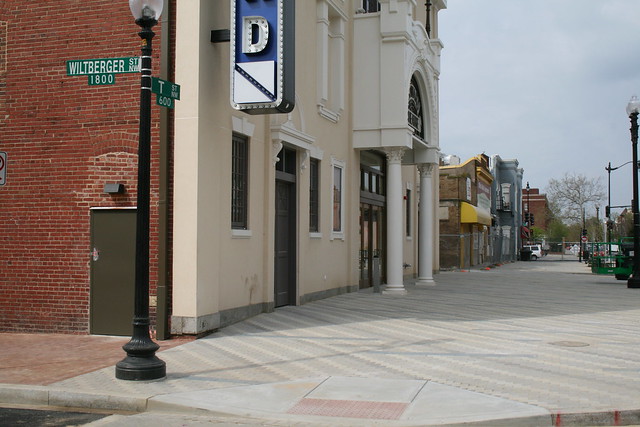
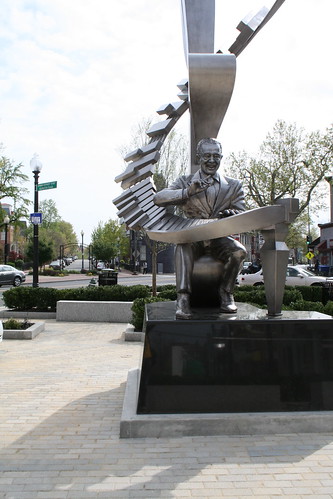
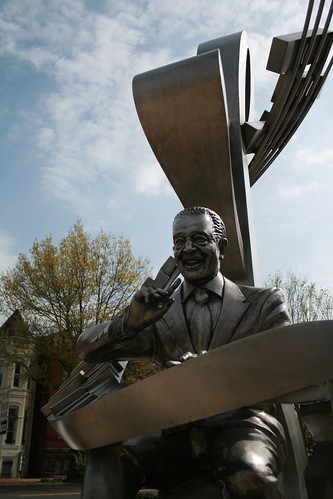
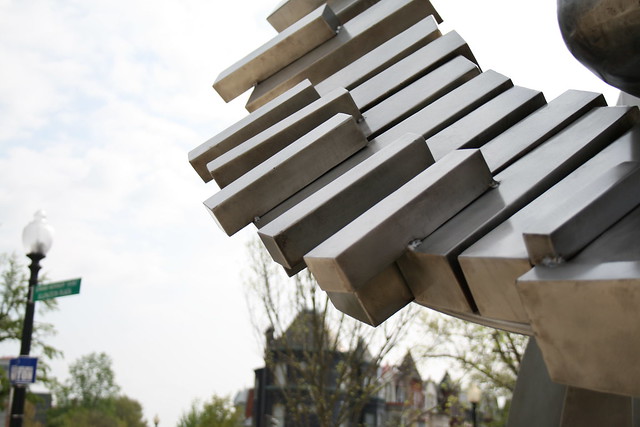
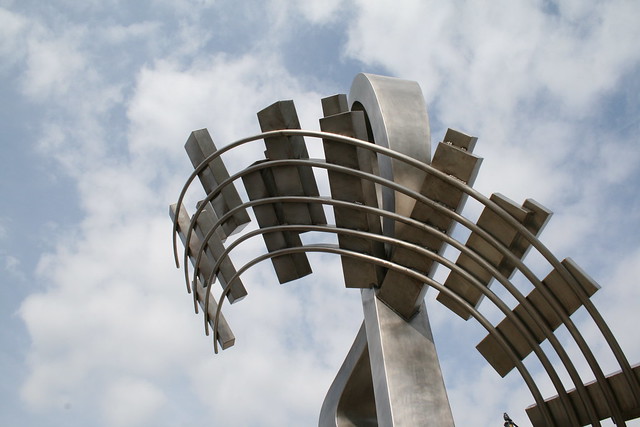







Recent Comments